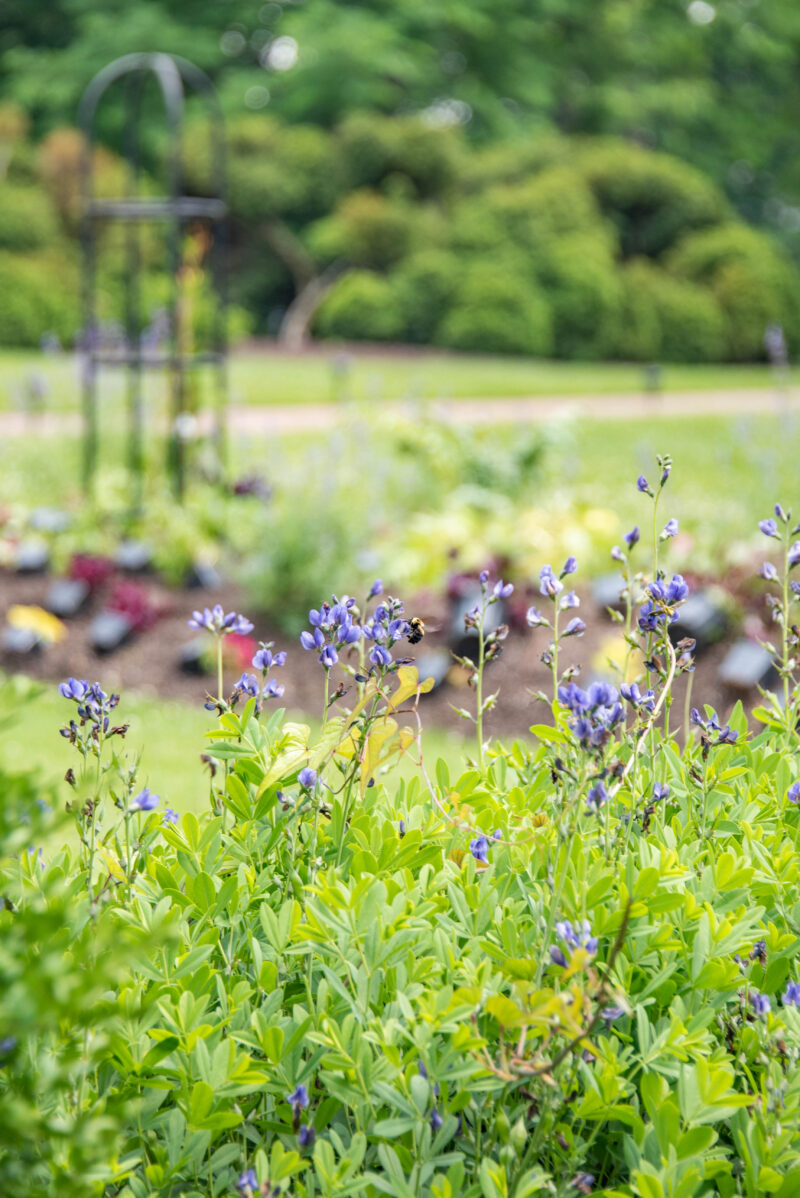Planting Veggies for Fall Harvest!
Mid to late summer is the perfect time to start thinking about your fall harvest! We’ve come up with some tips for a delicious fall veggie season.
How do I prepare?
- Remove any plants that won’t do well in the cooler weather or that are past their harvesting prime. Warm season crops, like tomatoes and peppers, should all be starting to slow down.
- Weed your garden. Weeds will steal nutrients and moisture from your new growing plants. Clear them out so your new crops can thrive.
- With a clear garden, now would be a good time to lay down some compost for extra nutrients.
When’s the right time?
- Fall brings the year’s first frost. You’ll want to be sure to give your cool season veggies time to grow before it hits. Consult The Old Farmer’s Almanac frost calendar by region for the specific timing of your area’s frost.
-
The key is to find your region’s first frost date and then count backwards to see how many days are left in their growing season. If you are sowing seeds, you also need to count in how many days before those seeds germinate. If you are planting seedlings from a garden center, then don’t need to count germination time.
-
For example, if you’re planting radishes from seed. You need 30-40 days for them to mature, plus five to seven days to germinate the seed if you are using seeds. So, you need to plant them at least 35-45 days before the first frost date.
-
Some crops, like cabbage and collards, will tolerate light frosts, so you can build in a little more time for them beyond the first frost date.
-
What do I plant?
- Fall veggies can grow really fast, for example, radishes can mature in as few as 30 days. The Old Farmer’s Almanac has a planting calendar which helps determine when and where to grow your favorite fall vegetables.
- Different plants will thrive in different zones, so be sure to research which vegetables would go best with your region’s climate. Here’s is a list of what is typically enjoyed in the autumn months:
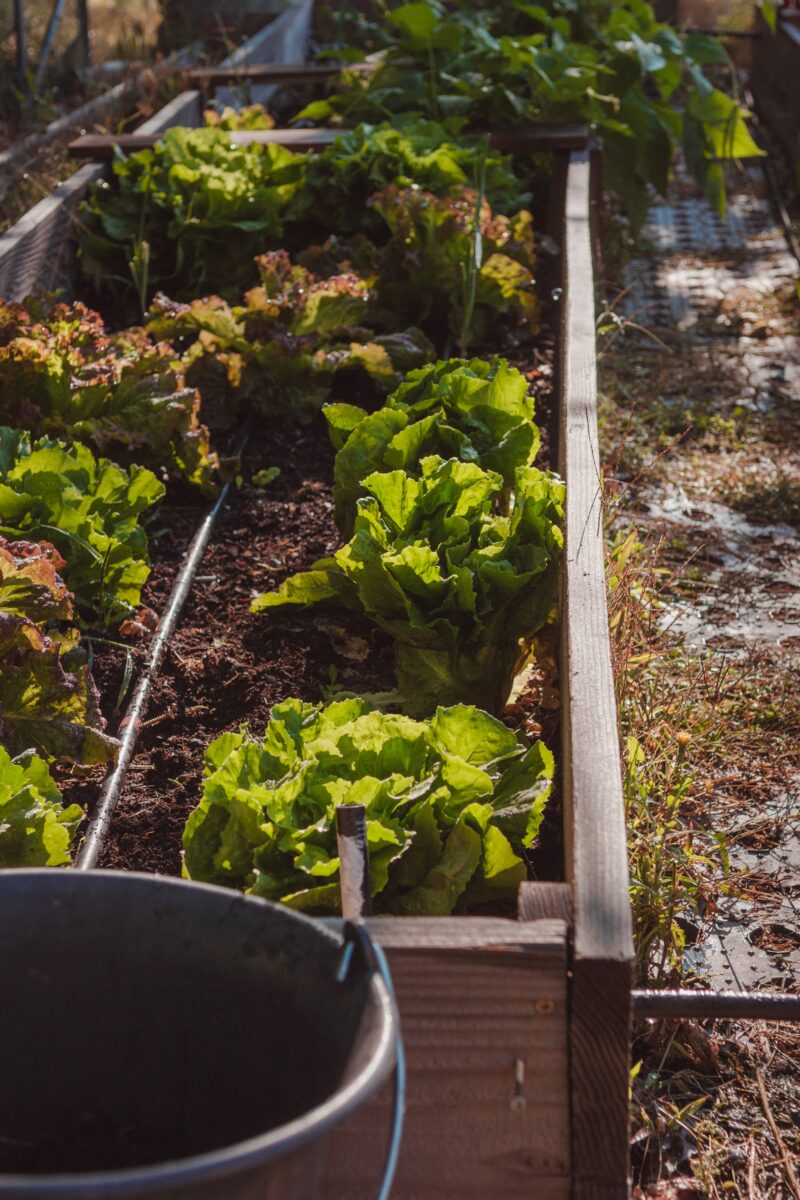 Collards
Collards- Beets
- Carrots
- Swiss Chard
- Kale
- Endive
- Kale
- Bibb Lettuce, Leaf Lettuce
- Kohlrabi
- Cabbage
- Radish
Photo by Pauline Bernard on Unsplash
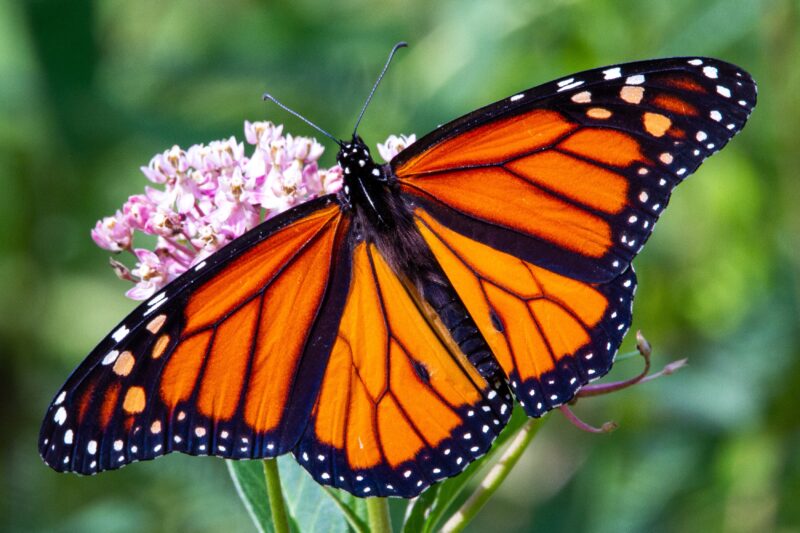

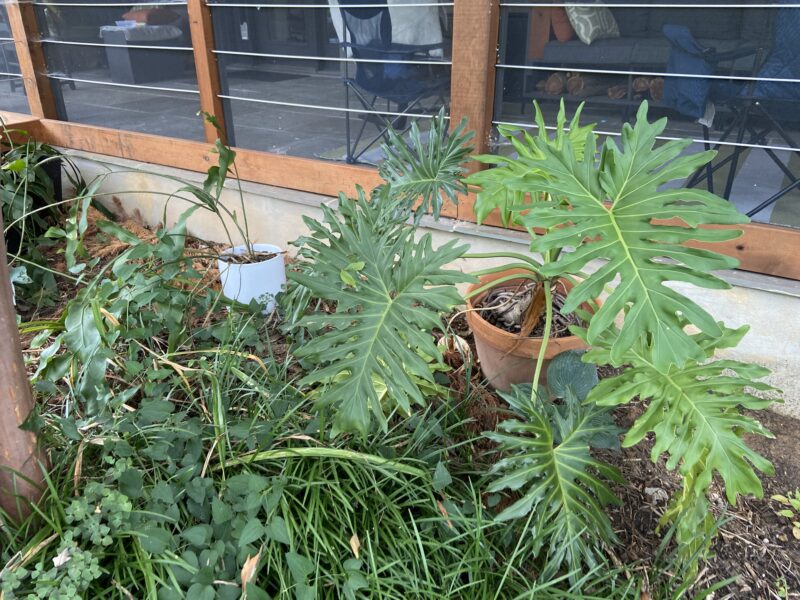
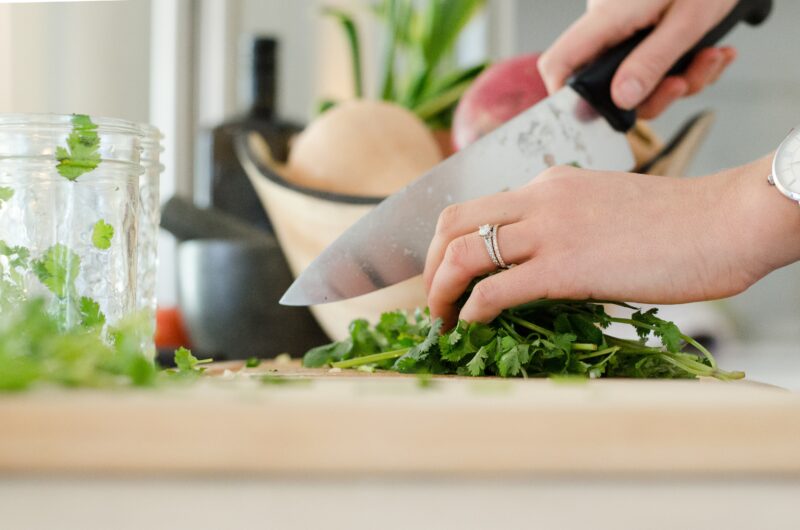 The easiest way to learn unfamiliar herb flavors is to chop up some fresh herbs into either cream cheese or scrambled eggs. Both are relatively neutral flavors, which wil
The easiest way to learn unfamiliar herb flavors is to chop up some fresh herbs into either cream cheese or scrambled eggs. Both are relatively neutral flavors, which wil
